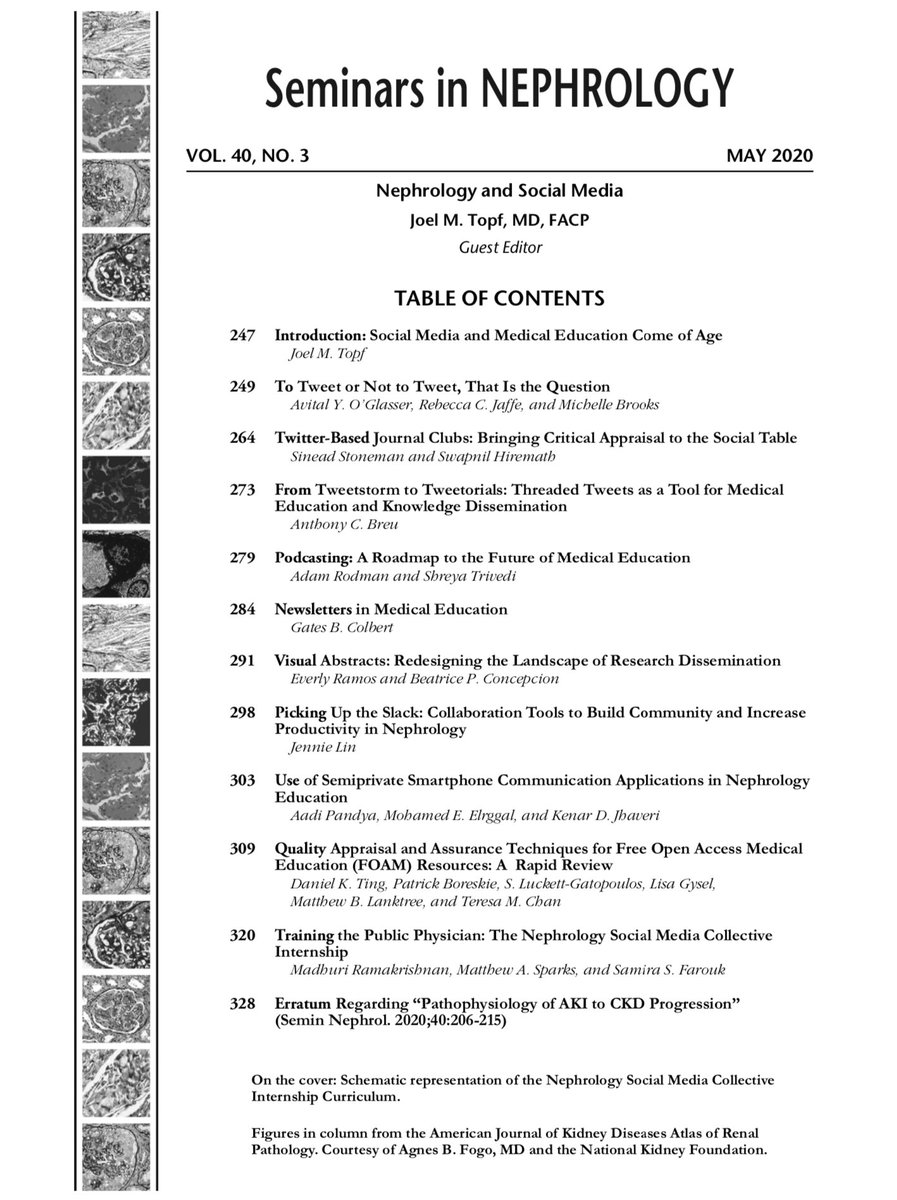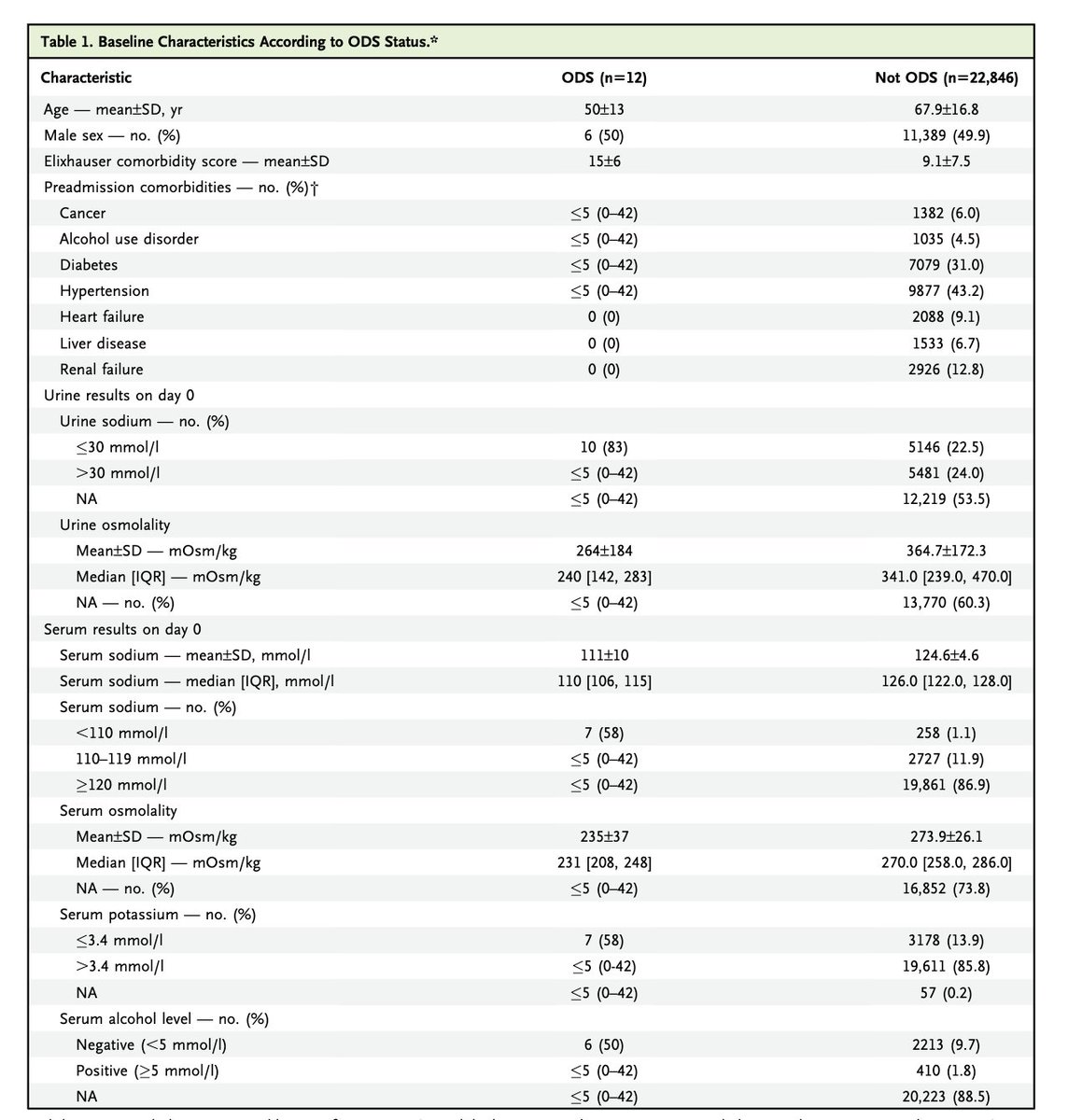With apologies to @whole_patients it is another "Volume that Twitter built"
https://twitter.com/M_Elraggal/status/1273227413095428097
that was the name of @whole_patients introduction (tandfonline.com/doi/full/10.31…) to the theme issue for International Review of Psychiatry on Social Media in 2015.
She invited me and @hswapnil to contribute an article on Twitter Journal Clubs. tandfonline.com/doi/full/10.31…
Also in that issue was Alex Djuricich and @JanineZeeCheng important paper on live tweeting medical meeting. I believe this was the origin of Tweeting the Meeting tandfonline.com/doi/full/10.31…
Last year I was invited to speak at @BrighamWomens Nephrology Department on Social Media and Medical Education. While I was there, Joseph Bonventre invited me to be a guest editor for an issue of Seminars in Nephrology on Social Media.
It is an amazing honor to edit an issue like this. It is a unique opportunity to put a marker down and say "This. Here. Is the state of social media in medicine." Additionally I'm delighted that I got to pay forward what @whole_patients did for us in our 2nd year of #NephJC
My introduction for the issue, sorry nothing as clever as 𝘛𝘩𝘦 𝘷𝘰𝘭𝘶𝘮𝘦 𝘵𝘩𝘢𝘵 𝘛𝘸𝘪𝘵𝘵𝘦𝘳 𝘣𝘶𝘪𝘭𝘵, is here: sciencedirect.com/science/articl…
I was promised that all of the articles will be open access for two months and when that happens I will make another announcement. In the meantime delight in this awesome table of contents! 

• • •
Missing some Tweet in this thread? You can try to
force a refresh
























